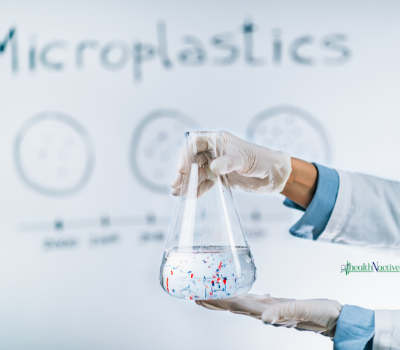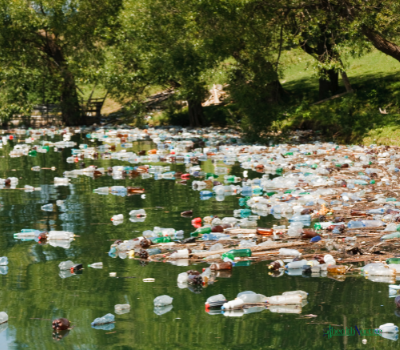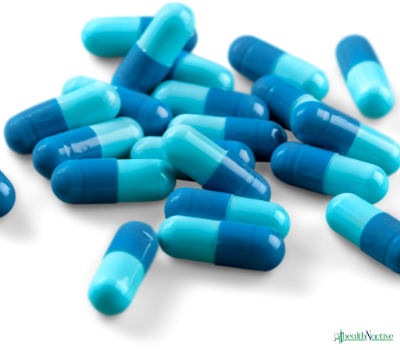Plastic found in Human Blood, Recent Study Reports Microplastics have been identified in human blood for the first time, raising concerns that the ubiquitous particles are also making their way into organs.
The virtually undetectable plastic fragments have already been discovered almost everywhere else on Earth, from the deepest oceans to the highest peaks, as well as in the air, soil, and food chain.
Microplastics were discovered in nearly 80% of blood samples from 22 anonymous, healthy participants, according to a Netherlands study published in the Environment International journal on Thursday. Microplastics were identified in nearly 80% of the 22 healthy participants who participated in the study.

This is the first study of its class to use Py-GC/MS for plastic particle analysis of entire human blood, a highly complex matrix, and scientists anticipate that, as with all new techniques, the sensitivity of the next generation of this technology will improve.
According to the research, PET plastic, which is commonly used to produce drink bottles, was found in half of the blood samples, while polystyrene, which is commonly used in disposable food containers and other products, was found in more than a third.
Pollution from plastic particles
Analytical studies globally have established an extensive range of data of the incidence of plastic particles in different matrices including e.g. Human gut, air, water, soil particles and food products. The majority of the data is for particles larger than 10 or 50 m in diameter. So far, Submicron sized plastic particles, such as those found in saltwater, have received significantly less attention.

What is the biological destiny of plastic?
To answer queries about the fate of plastic particles in the bloodstream, more research is needed.
Plastic particles could be transported to organs via the bloodstream, according to science.
The human placenta has been shown to be permeable to polystyrene beads with diameters of 50, 80, and 240 nanometres, as well as microsized polypropylene.
The transfer of plastic particles to placental and foetal tissues was established in a rats study of acute lung exposure to Nano-polystyrene spheres (20 nm).

Further evidence presented for the absorption of plastic particles comes from drug delivery sciences, in which polymeric carriers of pharmaceuticals have been dosed in mammalian test systems. Drugs can be delivered through the blood-brain barrier via polymeric nanosized carriers.
Plastic particles identified in human bloodstream are most likely absorbed by mucosal contact, either through food or inhalation. Fine particle uptake by the skin is unlikely unless the skin is injured. Respirable particles are those that are between 1 nm and 20 m in size. Most larger particles are expected to be coughed up and eventually swallowed, with a second chance of absorption via the gut epithelium.
Ultrafine (0.1 m) inhaled particles may become absorbed and accumulate in the lung, whereas most larger particles are expected to be coughed up and eventually swallowed, with a second chance of absorption via the gut epithelium.
The plastic particle accumulation reported In this study is the sum of all potential exposure routes: examples in the living environment that enter air, water, and food, and also ingested personal care products (e.g. PE in toothpaste, PET in lipsticks), dental polymers, polymeric implant fragments, polymeric drug delivery nanoparticles, and tattoo ink contaminants (e.g. acrylonitrile butadiene styrene particles)
The Netherlands Organization for Health Research and Development, as well as Common Seas, a UK-based organisation dedicated to eliminating plastic pollution, supported the research.
Conclusion
This study presents a one-of-a-kind dataset that backs up the concept that human exposure to plastic particles causes particle absorption into the bloodstream. This suggests that at least some of the plastic particles humans come into touch with are bioavailable, and that clearance via the biliary system, kidney, or transfer to and deposition in organs is slower than absorption into the blood.
Plastic particles may be present in plasma or carried by specific cell types, but this has yet to be determined.
More information: Heather A. Leslie et al, Discovery and quantification of plastic particle pollution in human blood, Environment International (2022). DOI: 10.1016/j.envint.2022.107199 Journal information: Environment International

